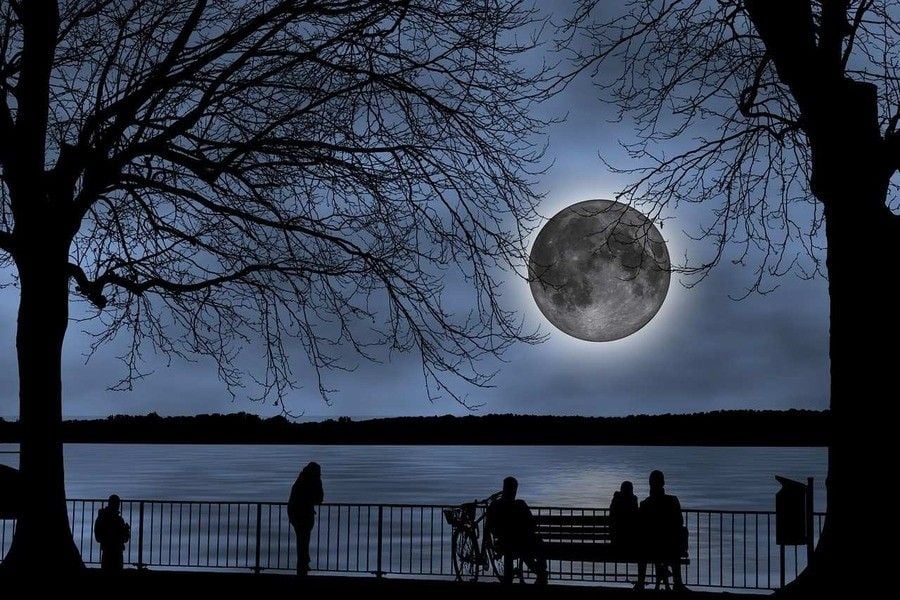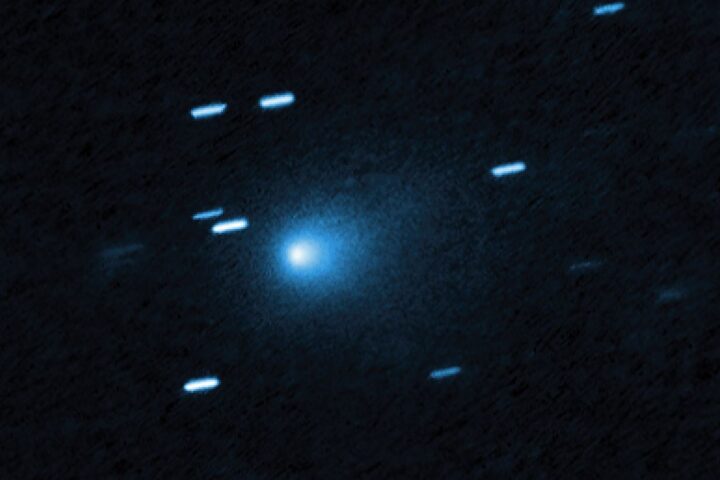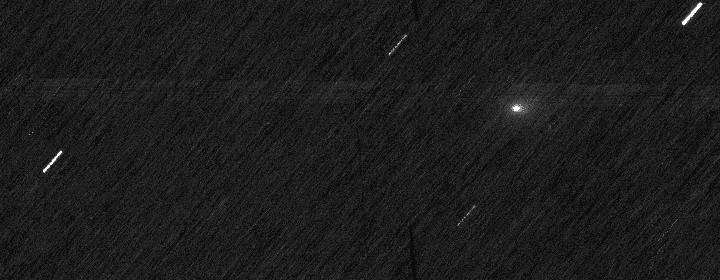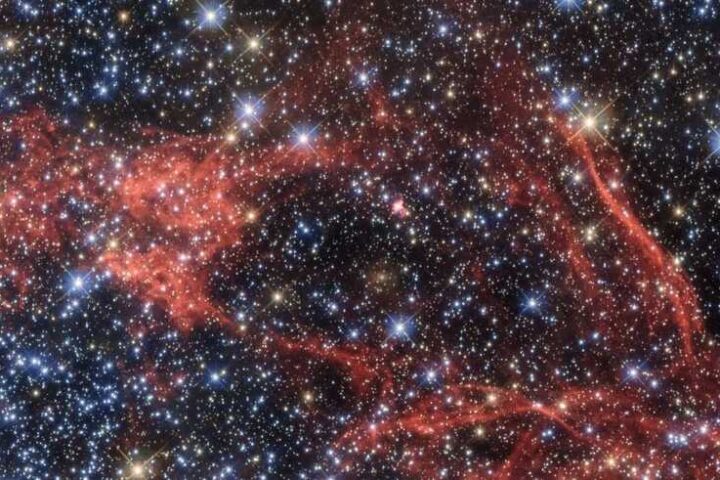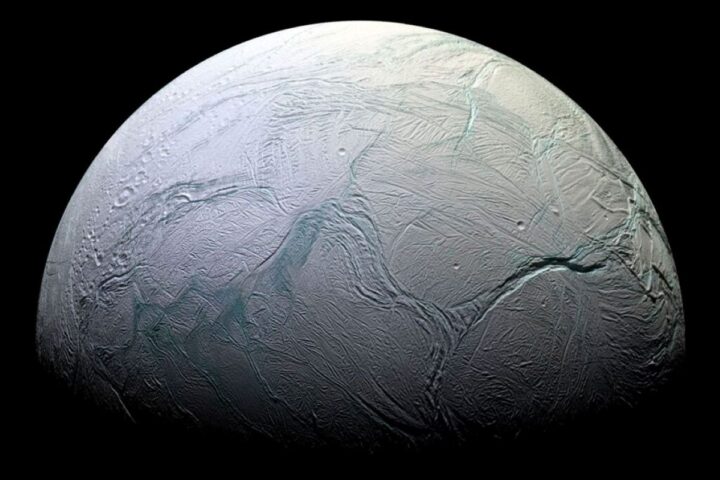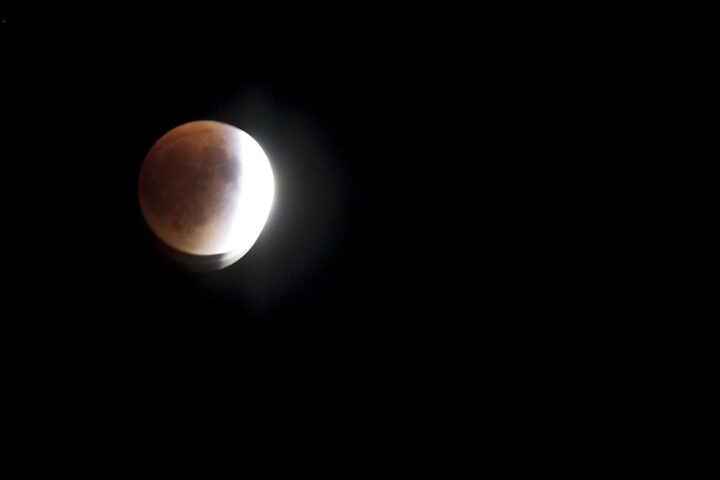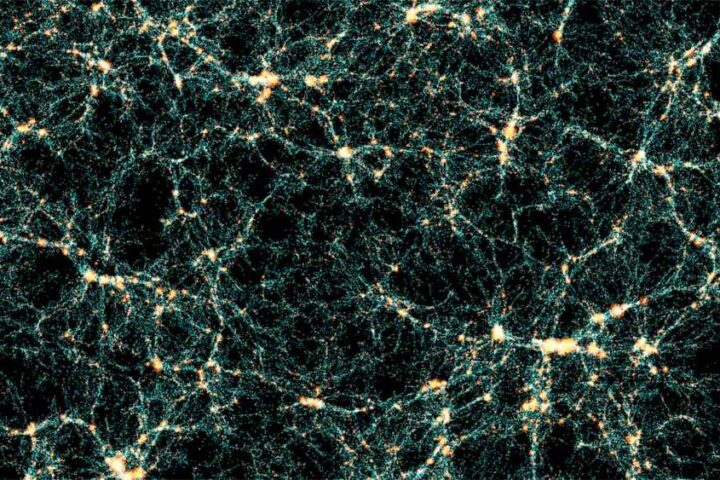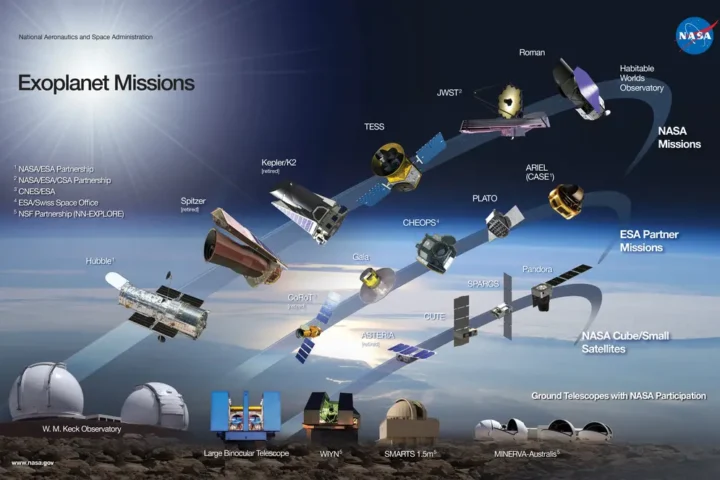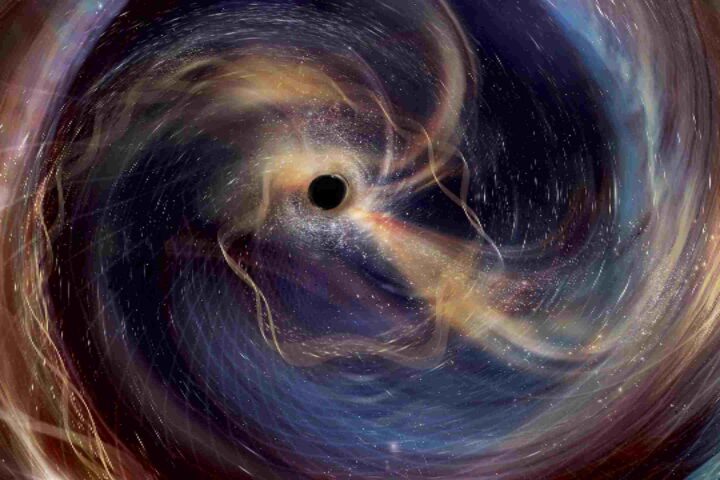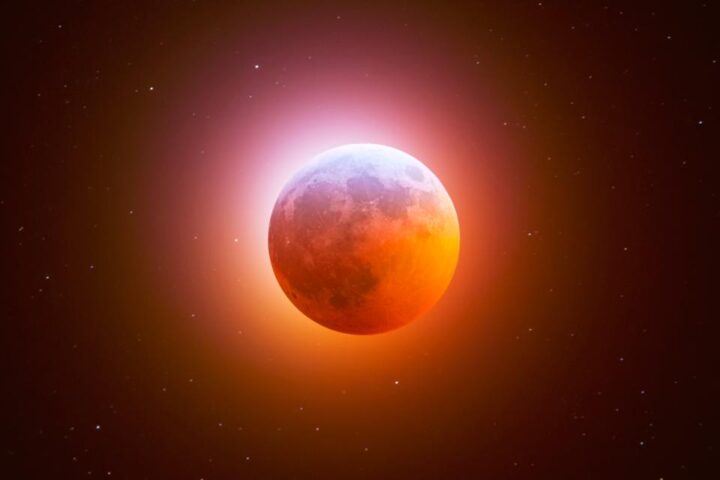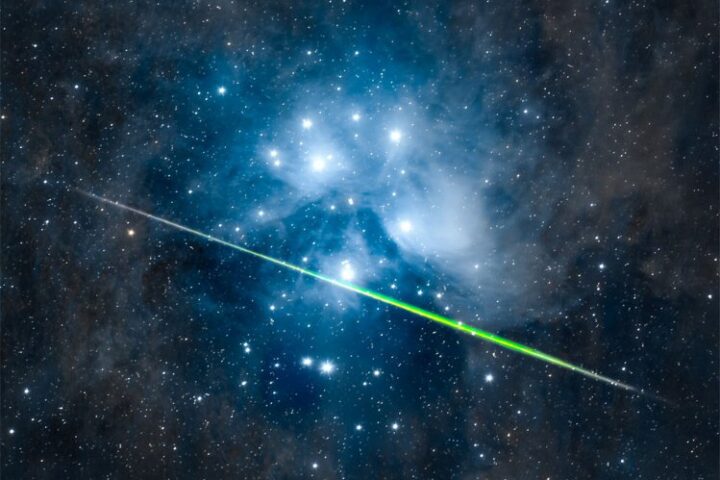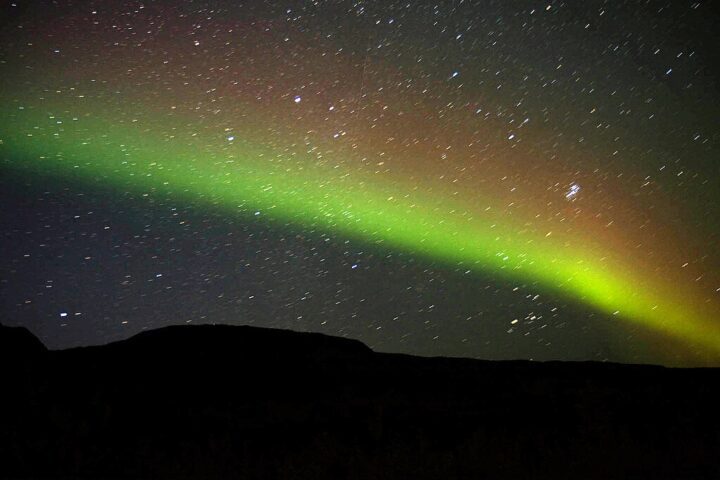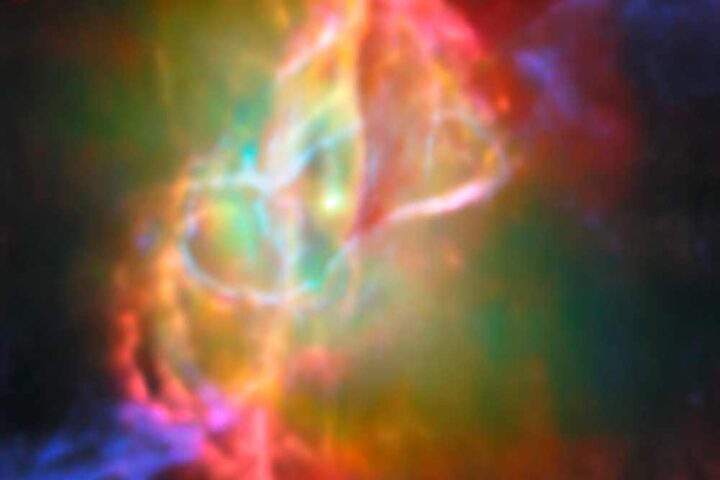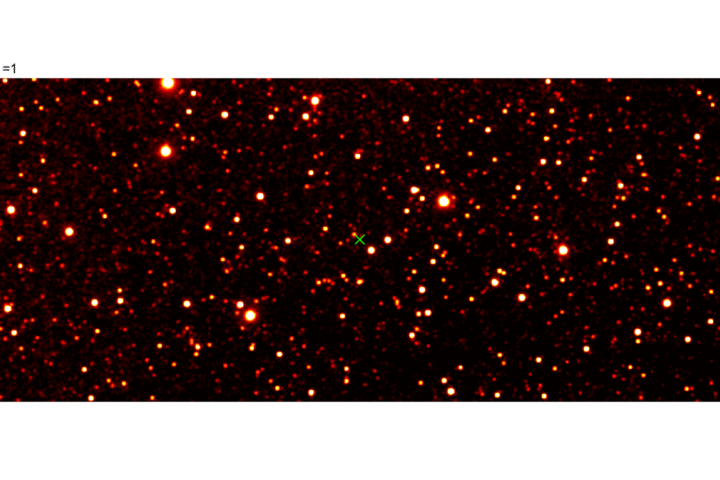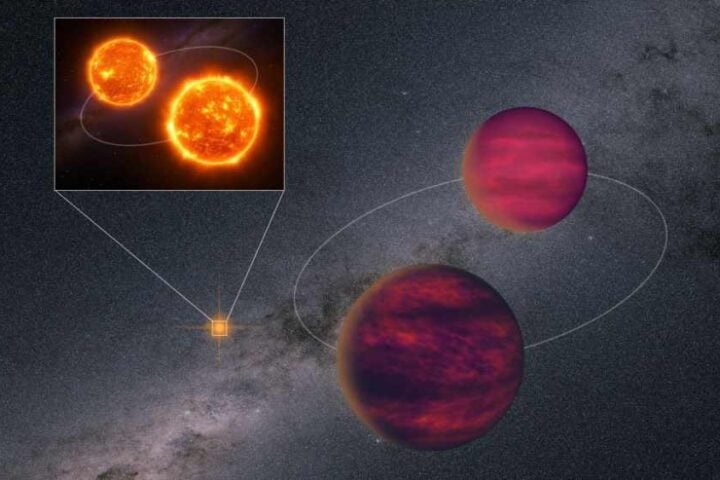Next month’s full moon brings a unique twist to our night sky. The Full Flower Moon peaks on May 12, 2025, at 12:56 PM EDT (16:56 UTC), but it comes with an interesting feature – it’s also a micromoon, appearing slightly smaller and less bright than usual.
When to Watch
While the moon reaches its peak fullness during daylight hours for many viewers, the best viewing opportunities start on the evening of May 11 and continue through May 13. The moon will look completely full to the naked eye throughout this period.
Why It’s Special
This particular full moon is special because it occurs when the moon is at apogee – its farthest point from Earth in its elliptical orbit. This positioning creates what astronomers call a micromoon, making the moon appear about 14% smaller and 30% dimmer than when it’s at its closest point to Earth.
Similar Posts
Best Viewing Tips
Early evening viewers might catch an extra treat. When the moon first rises, it often takes on an orange or yellow color. This happens because moonlight travels through more of Earth’s atmosphere when the moon is near the horizon. The atmosphere scatters blue light away, letting more red and orange light reach our eyes.
For the best view:
- Find a spot with a clear view of the horizon
- Watch during moonrise for the most dramatic effect
- Look for the moon’s dark basaltic regions, called maria
- Notice the bright streaks radiating from old impact sites
What Makes It the ‘Flower Moon’
The name “Flower Moon” reflects the abundant blooms typical of May in North America. This traditional name comes from a time when the moon’s phases helped track seasonal changes.
A Different Kind of Full Moon Experience
Unlike the more popular supermoons that make headlines for their larger appearance, this micromoon offers a different perspective on our celestial companion. While the size difference might not be immediately obvious to casual observers, it’s a reminder of the moon’s ever-changing dance around our planet.

What Else to See
The moon won’t be alone in the May night sky. Mars and Jupiter will be visible in the western sky after sunset. Early risers can spot Saturn, Venus, and Neptune rising in the eastern sky during the predawn hours. The bright stars Arcturus and Spica will also be visible in the night sky during this period.
This Full Flower Moon reminds us that even when our celestial neighbor appears a bit smaller, it still puts on a magnificent show for those who take the time to look up.
